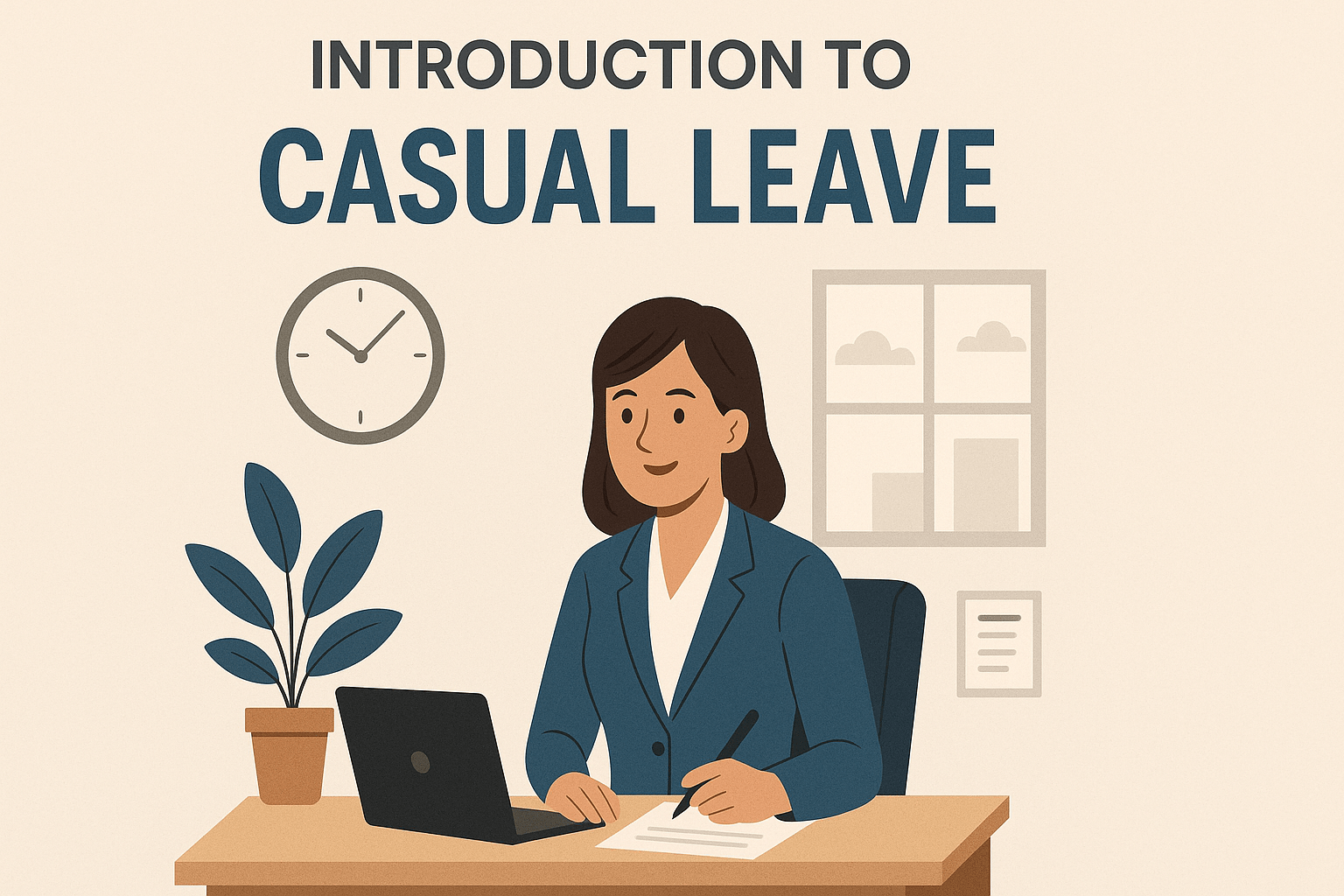You may have heard the term ‘crunch culture’ in the past. Every company has periods that are busier than others and its employees are rushed off their feet. However, there are also occasions when companies are particularly busy and its staff have to briefly put forward a superhuman effort to meet a deadline or get a big order out. During these periods, as the saying goes, it often comes down to ‘the crunch’. In the context of game development, crunch refers to compulsory overtime during the development of a game. The issue of crunch is not new in video game development, with roots going back to the early days of the industry.
A notable example is the 2004 EA Spouse letter, which highlighted the working conditions at Electronic Arts, framing the company’s practices as emblematic of a broader industry problem involving excessive overtime and the implications for game developers’ well-being.
If this happens often, however, and employees are expected to frequently work longer hours than they’re contracted, then the company can be described as having a ‘crunch culture’. This culture is characterized by excessive working hours, often at the expense of personal time and well-being. Critics of crunch note how it has become normalized within the game-development industry.
In this post, we’ll look at the downside of crunch culture and what you can do to limit its damaging effects.
Definition and History of Crunch Culture
Crunch culture refers to the practice of working excessive hours, often beyond the standard 40-hour work week, to meet project deadlines in the video game industry. This phenomenon has been a persistent issue in the industry for decades, with roots dating back to the early days of game development. The term “crunch” originated in the 1990s and early 2000s when small teams were racing against the clock to deliver games on time. Over time, crunch culture has evolved from a necessary evil to a normalized practice in the industry, with many game developers and studios accepting it as a standard part of the game development process.
The consequences of crunch culture in the video game industry
Burnout
If employees consistently work over their contracted hours, there’s a good chance some of them will burnout. Worse still, as its crunch time and the company needs all hands on deck, they can’t take time off like they normally could, making it doubly difficult on employees. Game workers often face mandatory overtime hours, leading to severe physical and mental health repercussions. Even if an employee isn’t burnt out, the odds that you’re getting the best out of them are slim. Developers subjected to prolonged periods of crunch often experience severe physical and mental health repercussions.
So the only chance an employee has of getting a reprieve is calling in sick. They then, however, risk incurring the resentment of management, as well as the colleagues who have to pick up the slack in their absence.
Company culture
If a company has a crunch culture, it could negatively affect their retention rate within the games industry. If their most capable employees will have enough, they’ll seek work elsewhere. This could leave them with the least marketable or ambitious employees who feel they’re stuck in the company. Having an office of these kind of employees will foster a toxic company culture. In fact, 39% of game developers reported working in crunch during the 2019 International Game Developers Association survey, highlighting how widespread the issue is. Additionally, 40 percent of game developers reported working crunch time at least once over the course of the previous year.
Video game studios, from major AAA companies to independent ones, are significantly affected by crunch culture. This phenomenon impacts both the personal and professional lives of game studio employees, contributing to the persistence of exploitative practices across the industry.
Mental health and work life balance
The potent combination of burnout and a toxic working environment could have a significant impact on an employee’s mental health. Firstly, burnout is as much mental as it is physical and if prolonged for a long period, it can lead to lasting effects which are harder to recover from. When combined with a working environment in which your colleagues are equally worn out, as well as feeling frustrated and undervalued, this can severely compromise an employee’s mental health.
The video games industry has seen significant numbers of individuals affected by crunch culture, impacting their personal lives and overall job satisfaction.
Additionally, crunch can negatively affect developers’ family lives, leading to resentment from family members due to time away from home. Developers with spouses or children see them less often due to crunch culture.
How to handle crunch time culture
The main issue with crunch culture is that it’s often unavoidable. That being said, there are several ways in which its negative effects can be minimized. Transitioning to agile development methodologies can help reduce the need for crunch in game development. Employers can also reduce stress by implementing flexible work schedules to match personal commitments.
Rockstar Games, for example, has faced criticism for its crunch culture. Despite efforts to improve work-life balance, reports indicate a legacy of brutal working conditions tied to the high-quality output of their award-winning games.
Give Employees Notice
If your company is anticipating a crunch period, let your staff as far in advance as you’re able to. This will allow them to prepare themselves for what’s to come, which could include taking annual leave before crunch time kicks in.
In cases where employees haven’t used much of their holiday allowance for that year, you could request they take time off so that they’re better rested and less susceptible to burn out.
However, in order to know which employees haven’t had time off in a while, it helps to have a comprehensive staff holiday planner from which you can easily access this information.
Be Transparent
Be as clear as possible about what you expect from your employees during the crunch period. This includes how many extra hours they may have to work, if they’ll be expected to work weekends, and how long this period is likely to last. Just as importantly, explain how they’ll be compensated for their extra efforts, such as overtime pay or TOIL.
Granted, crunch periods are often characterised by their unpredictability and it’s difficult to give your employees information that you don’t have yourself – but clue them in as best you can. Being transparent makes the employees feel more included and valued and helps to prevent resentment from seeping into your company’s culture.
Better resource management during crunch time
The better you can apportion your workforce the less stressful crunch periods will be. This could involve drafting employees in from other teams or parts of the company, training staff to take on additional responsibility, and even hiring extra people. Project management software can help set realistic deadlines and balance workloads to prevent crunch.
The more efficiently you manage your human resources ahead of the busy period, the better you can distribute work and the less chance your employees will burn out.
If you’re interested in absence management software that makes it simple to see which of your how staff have annual leave outstanding, calculate TOIL, and book days off – give Schedule Leave a try. Sign up for your free trial today to find out how much time it can save your business.
Strategies for Promoting Work-Life Balance
Promoting work-life balance in the video game industry requires a multifaceted approach that involves both employers and employees. One strategy is to adopt flexible work schedules, allowing employees to tailor their work hours to fit their personal commitments. This can include core hours where all team members must be available, but allowing flexibility outside of these times. Another approach is to prioritize mental health and personal well-being, offering counseling services and allotting mental health days. Employers can also ensure involvement and support by conducting regular check-ins and feedback loops with employees, identifying issues related to workload and stress, and implementing timely and effective solutions.
Leveraging Technology to Support Developers
Technology can play a significant role in supporting developers and promoting work-life balance in the video game industry. Productivity and collaboration tools, such as Slack, Trello, and Asana, can enhance efficiency, enable remote work, and reduce the need for extended hours in the office. Project management software, such as JIRA, Basecamp, and Microsoft Project, can help project managers oversee the workflow, ensuring that tasks are distributed evenly and deadlines are met without last-minute rushes. Additionally, data analytics can provide valuable insights into work patterns, helping managers identify potential overloads and redistribute tasks to ensure a balanced workload among team members.




